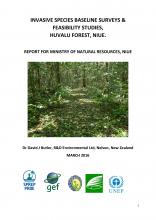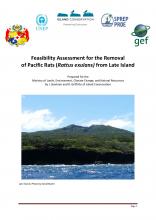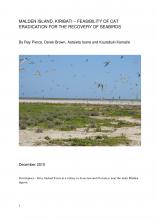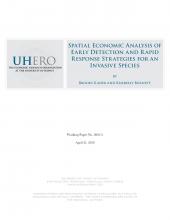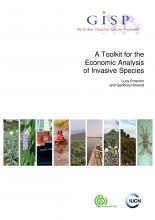Economics of Harmful Invasive Species: A review

BRB
Gren, Ing-Marie
,
Marbuah, George
,
McKie, Brendan
2014
The purpose of this study is to review theoretical and empirical findings in economics with respect to the challenging question of how to manage invasive species. The review revealed a relatively large body of literature on the assessment of damage costs of invasive species; single species and groups of species at different geographical scales. However, the estimated damage costs show large variation, from less than 1 million USD to costs corresponding to 12% of gross domestic product, depending on the methods employed, geographical scale, and scope with respect to inclusion of different species. Decisions regarding optimal management strategies, when to act in the invasion chain and which policy to choose, have received much less attention in earlier years, but have been subject to increasing research during the last decade. More difficult, but also more relevant policy issues have been raised, which concern the targeting in time and space of strategies under conditions of uncertainty. In particular, the weighting of costs and benefits from early detection and mitigation against the uncertain avoidance of damage with later control, when the precision in targeting species is typically greater is identified as a key challenge. The role of improved monitoring for detecting species and their spread and damage has been emphasized, but questions remain on how to achieve this in practice. This is in contrast to the relatively large body of literature on policies for mitigating dispersal by trade, which is regarded as one of the most important vectors for the spread of invasive species. On the other hand, the literature on how to mitigate established species, by control or adaptation, is much more scant. Studies evaluating causes for success or failure of policies against invasive in practice are in principal non-existing.
